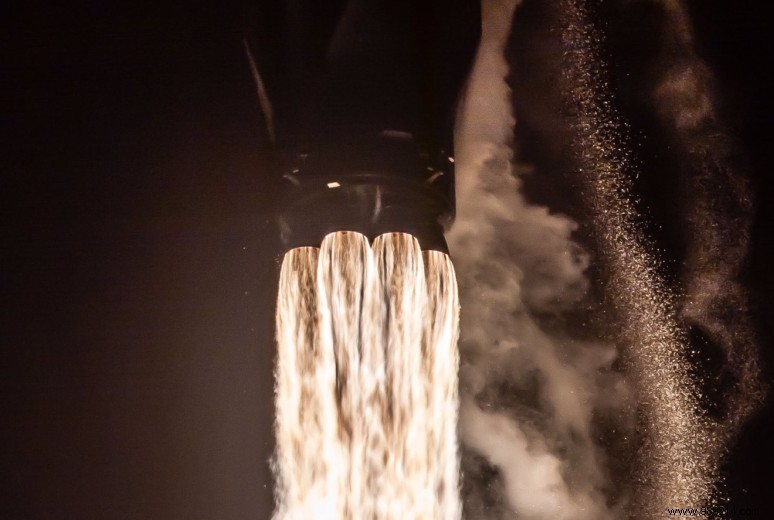NASA recently opposed a company's request to build a mega-constellation of satellites, citing concerns about potential collisions. This is the first time that the space agency has publicly opposed such a request for market access.
To enable a better internet signal, we need to "go through the sky". In this spirit, several companies aim to place thousands of satellites communicating with each other in low orbit. With its Starlink constellation project, SpaceX is the best known, but there are others.
Amazon, for example, plans to launch approximately 3,200 broadband satellites as part of its Kuiper project. The OneWeb Company has also already released several dozen of the 650 planned in its fleet . This project, however, has been on hold. The company has just gone bankrupt. However, it will obviously be bought by a consortium led by the British government and the Indian company Bharti Global.
That said, others would also like to take advantage of this new economic niche. The American company AST &Science is one of them.
It has just filed a request with the Federal Communications Commission to grant itself the right to build and release a constellation of more than 240 satellites . These would essentially be large "cell towers" capable of delivering 4G and 5G broadband connections . The Texas-based company just raised about $120 million for this constellation project called "SpaceMobile".
However, not everyone agrees with this project, including NASA, which recently made it known. In a comment to the request, the American agency indeed details its serious concerns about the potential risks of collisions capable of endangering its various assets in orbit.
NASA explains that it felt compelled to comment on AST's proposal for several reasons. First, these satellites are expected to operate at approximately 720 km altitude . In other words, it will be almost on par with even a group of ten Earth monitoring satellites dubbed "A-Train" operated by NASA and the US Geological Survey (in collaboration with France and Japan) at 705 km. altitude.
“Historical experience with the A-Train constellation has shown that this particular region of space tends to produce a large number of conjunctions between space objects “, explains in particular the American agency.

Satellites are also heavy, and huge. In order to provide the service, AST plans to build one-ton machines with large 900 square meter phased array antennas. By comparison, a Starlink satellite weighs 260 kilos and has around 30 square meters of solar panels.
According to NASA, maneuvering around these instruments would be extremely taxing. “For the completed constellation of 243 satellites, we can expect around 1,500 mitigation actions per year and perhaps 15,000 planning activities “, said the space agency. “That would equate to four maneuvers and forty active planning activities each day “.
Finally, the space agency is also concerned that this company has never built such heavy instruments. Given this lack of experience, the agency expects about 10% or more of these satellites to fail rapidly . This will then make them unable to be maneuvered to avoid collisions. Also, she considers these risks “unacceptable “.
Nasa naturally does not have the power to decide whether AST will be able to release its satellites. Nevertheless, his opinion could weigh heavily. For its part, the company tried to calm things down. "We have reviewed NASA's letter and are confident that we can work with them to address their concerns “, in particular said Raymond Sedwick, chief scientist of AST.